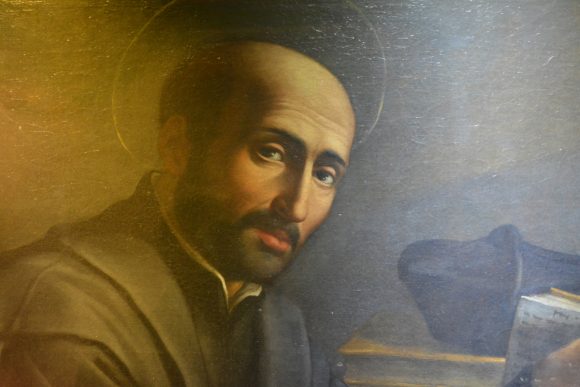Today Christian prayer retreats are available in many different forms across many traditions. They can be categorized broadly as personal retreats, group retreats, and daily life retreats. What are these? Who originated the idea in the first place? TYPES OF RETREATS Personal retreats are adaptable to many different life situations, personal needs and spiritual growth […]
It took an hour by bus from Manresa to Barcelona. We stayed in Denit Hotel near the Plaza Catalunya, where protests were taking place. We were there to trace St Ignatius presence there during his grammar studies and labour of love. We were reviewing and remembering and sharing to conclude the retreat and camino. We […]
Its vineyard country we have entered, following one of the journeys of St Ignatius. We walked 15km on Saturday and about 14km today. The only difference to me was that the former was quieter and hardly anyone crossed paths with us, while today, many who were walking the Camino Santiago walked past us, including locals […]
